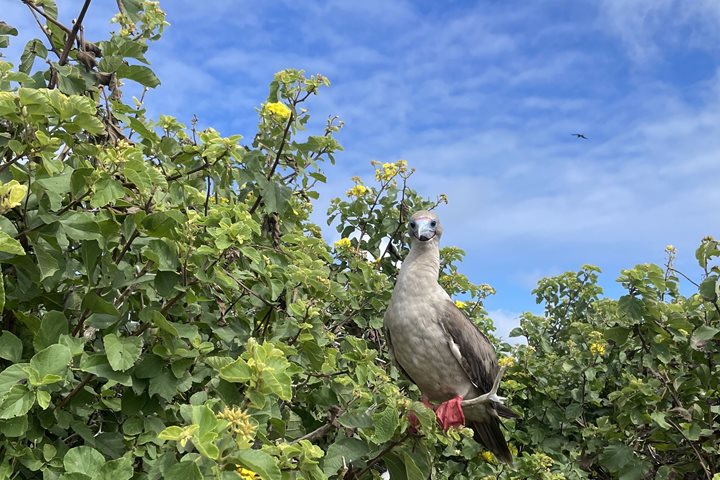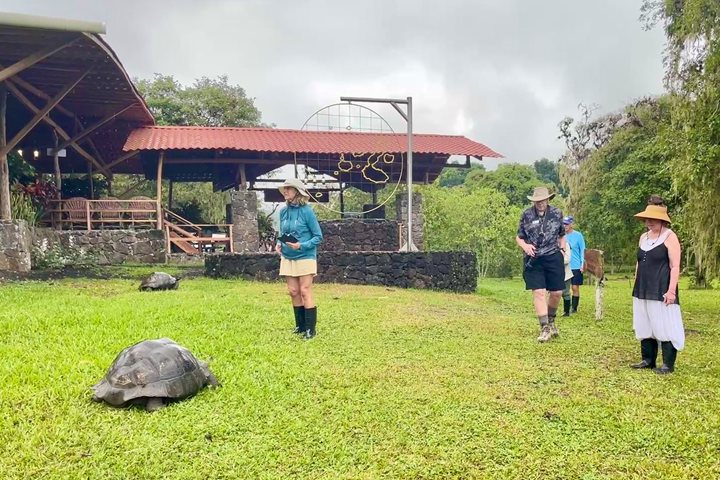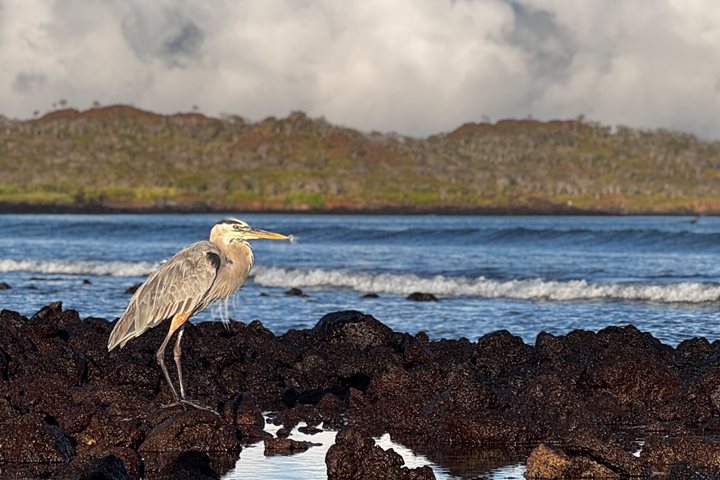We are halfway through our expedition on National Geographic Endeavour II, and it has been an incredible experience so far. Today we anchored in a place call Urbina Bay. We started the day with a wet landing on a black sand beach. The island’s unique coloration is due to inorganic sand consisting of pieces of weathered rock. On our walk, we had the chance to observe tortoises, turtles, land iguanas, and more. The wildlife found on the Galapagos Islands is incredible. After the walk, we enjoyed time on the beach and swimming back to the boat. Later in the day, we changed location to Tagus Cove, a collapsed cinder cone. We had the chance to practice kayaking and then enjoyed an extraordinary snorkel with penguins, flightless cormorants, rays, and various species of reef fish found in the marine reserve. At the end of the day, we hiked to the summits of the scoria cones found on Darwin Volcano.
5/29/2025
Read
National Geographic Gemini
Genovesa Island
Genovesa is considered one of the Galapagos crown jewels, and today it was showing off all of its splendor. Immediately after breakfast we put on our sturdy shoes and set out to explore Prince Philip’s Steps. This area is known for opportunities to observe not only large colonies of nesting Nazca and red-footed boobies, but maybe, just maybe, the short-eared owl which exhibits diurnal behavior on this island. After this walk we got ready for a dip in the Pacific Ocean and snorkeling along the inner coast of this caldera. The afternoon was equally amazing as we disembarked to explore Darwin Bay, along a short and easy trail that was packed with wildlife. Here we observed not only nesting frigatebirds, red-footed boobies, and Nazca boobies, but also a few yellow-crowned night herons. It was another incredible afternoon in the Galapagos Islands.







